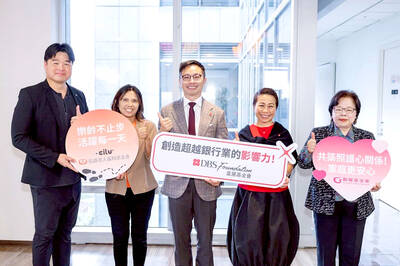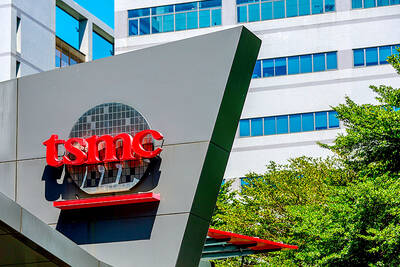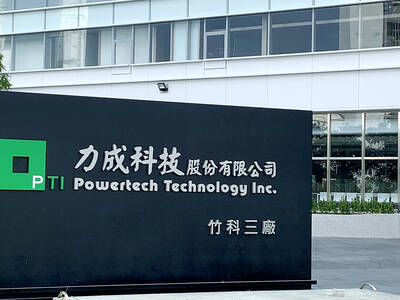Monaco, Europe's tiny gambling paradise, is seeking to tap the huge Chinese appetite for games of chance in a new promotional drive -- one that targets the highest of the high-rollers.
The Societe des Bains de Mer (SBM), the principality's gaming monopoly, has launched a hunt for China's wealthiest punters and is even laying on complimentary all-inclusive travel and accommodation packages to get them to its famed casino.
"This is more haute couture than pret-a-porter," the head of the SBM, Bernard Lambert, said.
"We're not looking to attract the mass market. We have a selection of big-time gamblers who, right now, are going to Las Vegas and Macau," he said.
To get those rich and risk-loving Chinese jetting into Monaco, the Mediterranean mini-state has recently been sending agents into exclusive country clubs, golf clubs and cigar dens in Shanghai, Hong Kong, Guangzhou and Beijing to identify likely "guests."
Specialized magazines have also been pored over, with the ideal targets being Chinese entrepreneurs who gamble a million or more at the felt-topped tables.
They will be the ones to benefit from the full red-carpet treatment. But, initially at least, Monaco is also prepared to lure smaller fish.
"We have an aggressive complimentary package treatment starting from [those who wager] 15,000 euros [US$19,000]," SBM marketing director Axel Hoppenot said.
By aiming at the exclusive end of the market, Monaco hopes to differentiate its campaign from other gambling destinations which are also hungrily wooing China's newly affluent gamblers.
But the competition is fierce. China's Macau region is investing heavily to remain the preferred destination for Chinese punters, Las Vegas has long been catering to Chinese gamblers and even Singapore in planning a US$3.6 billion casino complex to get in on the game.
Still, some experts believe the burgeoning wealth and travel options for Chinese mean there are plenty of gamblers to go around -- and that Monaco is uniquely suited to attracting the cream of the crop.
"Monaco has a worldwide reputation for gambling. It has always been about the mega-rich being seen in exclusive surroundings," said professor Mark Griffiths, a British expert on gambling at Nottingham Trent University.
"If anyone can get the ultra-rich Chinese high-rollers in, Monaco can," he said.
He added, though, that the little principality tucked into the southern coast of France near Italy could not count on loyalty.
"High-rollers don't restrict themselves to just one place," Griffiths said.
Monaco's appeal -- including security and five-star European luxury -- has already attracted some Chinese players, and authorities boasted they are visiting in increasing numbers.
There were 1,400 who checked into the ritzy hotels in the first half of last year, an 11 percent rise over the same period a year earlier, said Michel Bouquier, the head of the tourism office.
Most of the Chinese entering the casino -- nine out of 10, Lambert said -- play "punto banco," a form of the baccarat card game that involves only chance.
The principality is not putting all its money on just one spin of the roulette wheel, however.
The SBM head said it was also about to branch out into that other burgeoning economy -- India. Representatives were soon to be sent to Delhi, Mumbai and Bangalore.
A few things were already known about those potential new clients, namely that Indians prefer to wager in October, considered a month blessed by the gods and the stars, and that they have a penchant for three-card poker.

The DBS Foundation yesterday announced the launch of two flagship programs, “Silver Motion” and “Happier Caregiver, Healthier Seniors,” in partnership with CCILU Ltd, Hondao Senior Citizens’ Welfare Foundation and the Garden of Hope Foundation to help Taiwan face the challenges of a rapidly aging population. The foundation said it would invest S$4.91 million (US$3.8 million) over three years to foster inclusion and resilience in an aging society. “Aging may bring challenges, but it also brings opportunities. With many Asian markets rapidly becoming super-aged, the DBS Foundation is working with a regional ecosystem of like-minded partners across the private, public and people sectors

Taiwan Semiconductor Manufacturing Co (TSMC, 台積電) has secured three construction permits for its plan to build a state-of-the-art A14 wafer fab in Taichung, and is likely to start construction soon, the Central Taiwan Science Park Bureau said yesterday. Speaking with CNA, Wang Chun-chieh (王俊傑), deputy director general of the science park bureau, said the world’s largest contract chipmaker has received three construction permits — one to build a fab to roll out sophisticated chips, another to build a central utility plant to provide water and electricity for the facility and the other to build three office buildings. With the three permits, TSMC

BREAKTHROUGH TECH: Powertech expects its fan-out PLP system to become mainstream, saying it can offer three-times greater production throughput Chip packaging service provider Powertech Technology Inc (力成科技) plans to more than double its capital expenditures next year to more than NT$40 billion (US$1.31 billion) as demand for its new panel-level packaging (PLP) technology, primarily used in chips for artificial intelligence (AI) applications, has greatly exceeded what it can supply. A significant portion of the budget, about US$1 billion, would be earmarked for fan-out PLP technology, Powertech told investors yesterday. Its heavy investment in fan-out PLP technology over the past 10 years is expected to bear fruit in 2027 after the technology enters volume production, it said, adding that the tech would

RUN IT BACK: A succesful first project working with hyperscalers to design chips encouraged MediaTek to start a second project, aiming to hit stride in 2028 MediaTek Inc (聯發科), the world’s biggest smartphone chip supplier, yesterday said it is engaging a second hyperscaler to help design artificial intelligence (AI) accelerators used in data centers following a similar project expected to generate revenue streams soon. The first AI accelerator project is to bring in US$1 billion revenue next year and several billion US dollars more in 2027, MediaTek chief executive officer Rick Tsai (蔡力行) told a virtual investor conference yesterday. The second AI accelerator project is expected to contribute to revenue beginning in 2028, Tsai said. MediaTek yesterday raised its revenue forecast for the global AI accelerator used